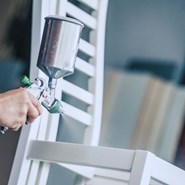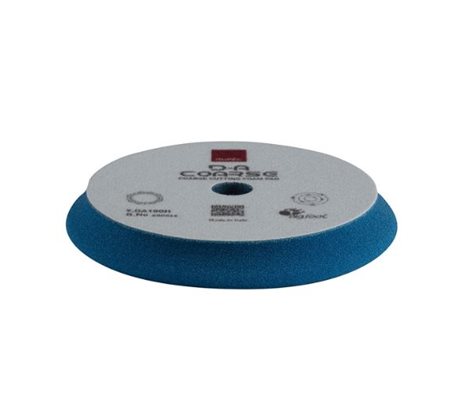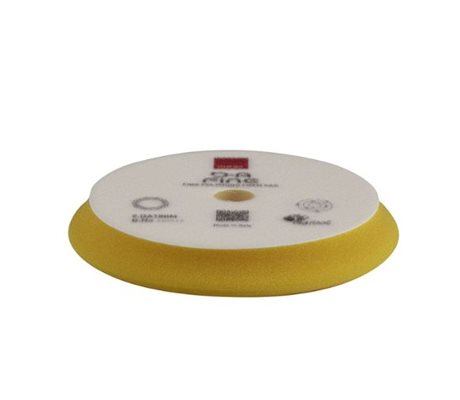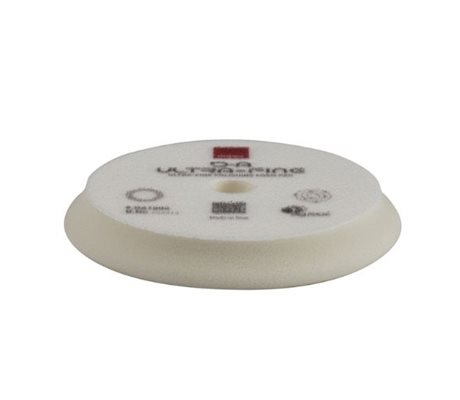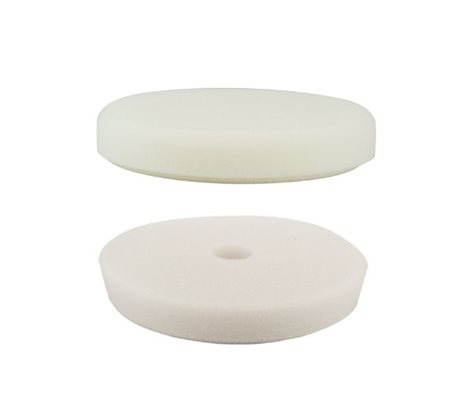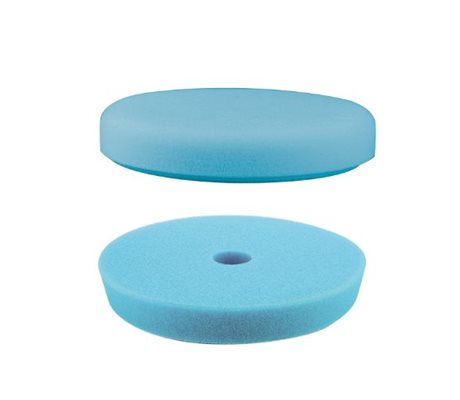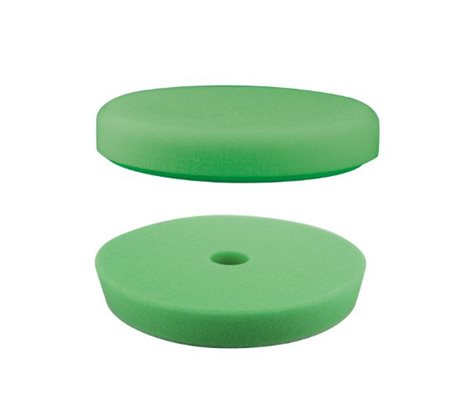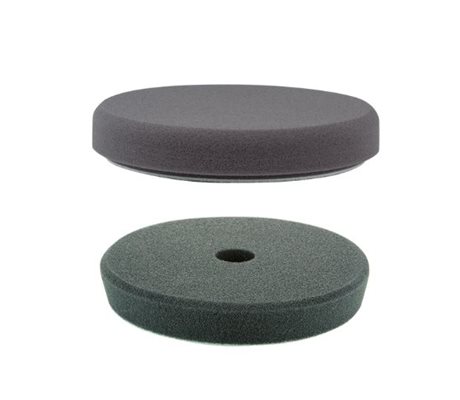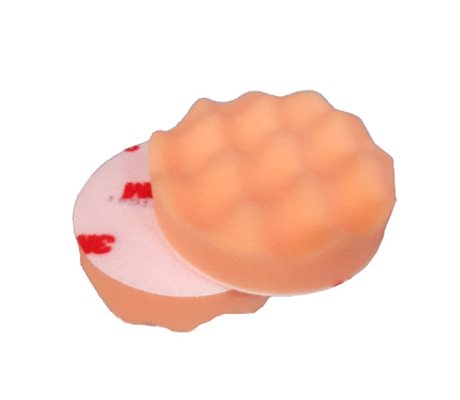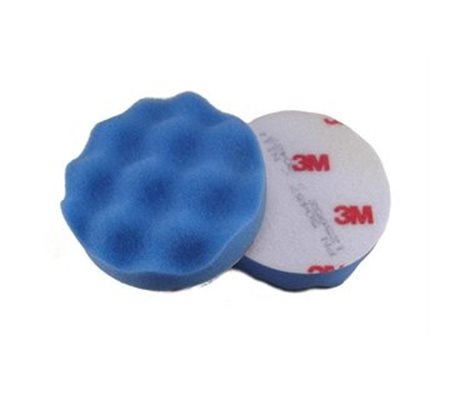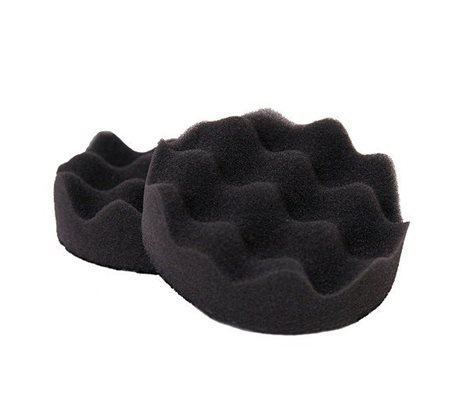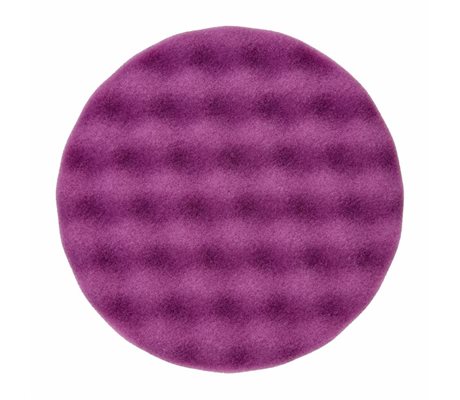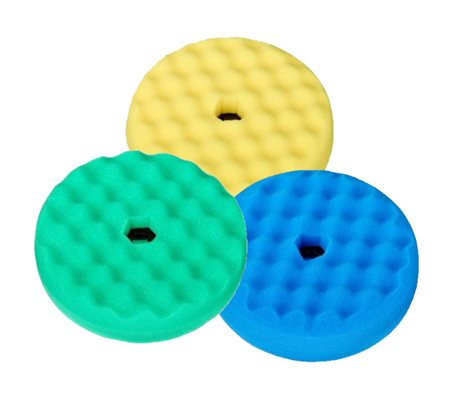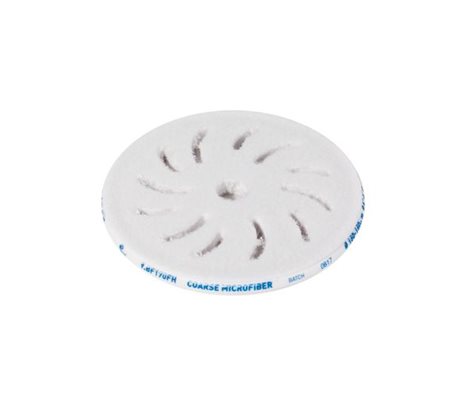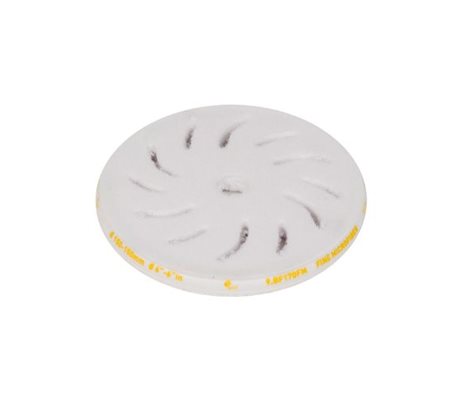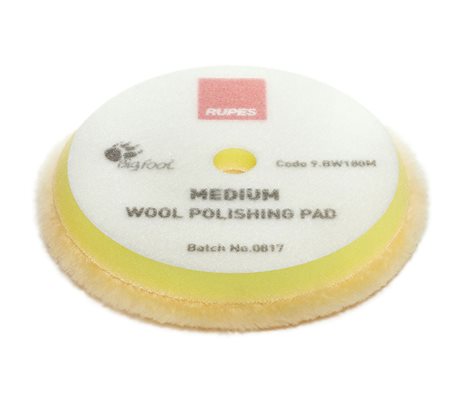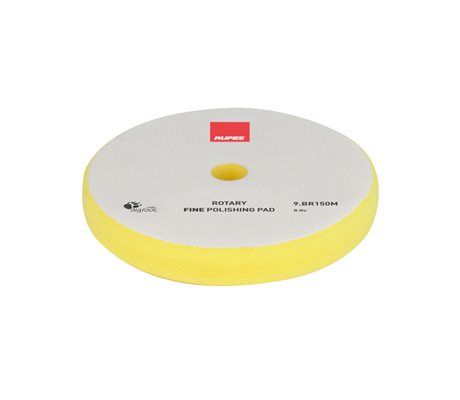Polishing pad
If you want to restore the gloss or correct a defect in your varnish or any glossy surface, you need to get acquainted with polishing pads. We carry a wide range of different-sized polishing pads that can be used on a variety of surfaces depending on your needs.
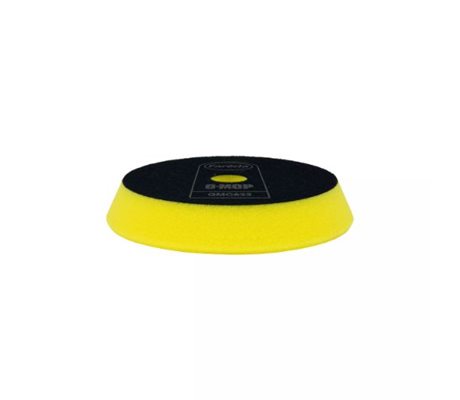
Farecla 78072769182
G Mop Angled Compounding Foam Gul 150 mm
€40,31
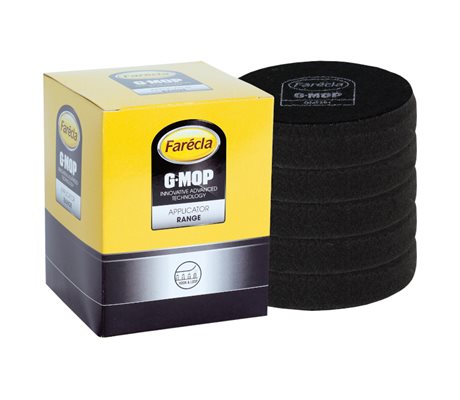
Farecla 78072700154
Gmf301 G Mop Finishing Foam 75Mm Black
€37,01
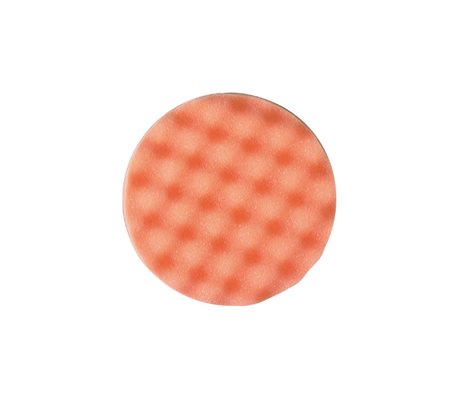
3M 69000
Perfect-It Polishing Pad 75Mm Waffle Orange 69000
€924,27
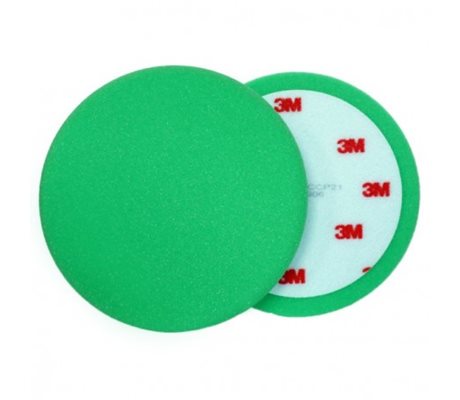
3M 88411-26
Perfect-It Polishing Pad, 150 Mm, Green, 50487
€55,42

3M 88411-28
Perfect-It High Gloss Polishing Pad 150Mm
€41,31
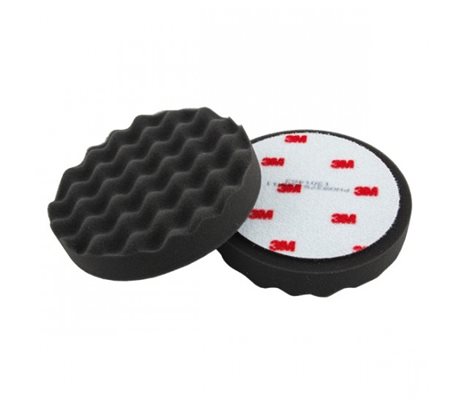
3M 88410-60
Perfect-It Polishing Pad 150Mm Black High-Gloss 09378
€45,97
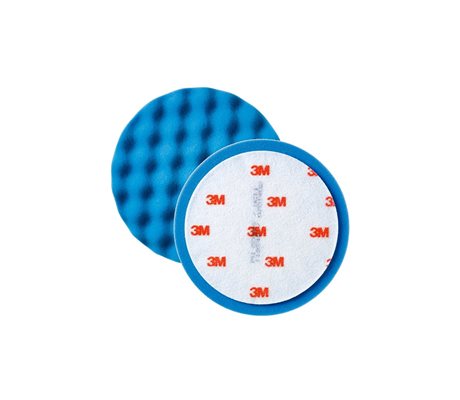
3M 88405-43
Perfect-It Polishing Pad 150 Mm Blue Soft 50388
€48,11

3M 33271
Perfect-It Quick Connect Adapter M14 33271
€102,97
How to choose your polishing pads
Polishing may seem straightforward. But if you want to achieve the coveted high gloss and mirror effect, then it requires you to choose the right gear and take your reservations for several things. When choosing your polishing pads, you need to think about the current state of the surface, the type of polisher, and what end-result you are aiming for. There are many different options and combinations that can make it difficult to choose from. Therefore, we will try to provide a brief overview that makes the choice a little easier. There are three major classifications of pads. There are foam, wool, and microfiber polishing pads.
If not stated otherwise each of these pads can be used on either Dual Action Orbital or Rotary Polisher if the pad is the same, or slightly larger, diameter as the backing plate on your chosen polisher.
See also: Guide to rupes polishing pads
Foam pads explained
Let’s start with foam pads. They typically fall into three main categories or coarseness grades: Compound, Polish, and Finish. Each coarseness grade has its own specific color so that you can easily see the difference. Note the color may vary from manufacturer to manufacturer. Some manufacturers have even more categories between these and that just means they allow a smaller step down between levels of cut.
Foam pads are the most widely used and affordable pads on the market.
CUTTING PAD - Use for removing swirls or trails, oxidation, and scratches.
POLISHING PAD - used for paint cleaning, remove swirl marks, light scratches, fine sanding scratches, and other defects in your car's paint.
FINISHING PAD - provides very little or no cut. Use for applying pure polish, wax, glazes, and sealant and produce a high-gloss show-car finish.
Wool pads explained
Wool pads are slightly more aggressive than foam pads and tend to be used on rotary polishers. Since wool fibers are somewhat abrasive, these pads won’t leave a flawlessly smooth finish. However, they are great for deeper corrections and can be followed up with a foam pad for an extra glossy finish.
Microfiber Pads explained
Microfiber pads are a relatively new addition to the detailing scene. Microfiber pads tend to be typically more aggressive and cut the paint faster. In general, there are two types of pads:
Cutting Microfiber Pads (coarse) are designed for removing heavy swirl marks, scratches, and oxidation from any color paintwork.
Finishing Microfiber Pads are designed to restore the depth and clarity of your vehicle’s paintwork. The high-density microfiber is perfect for removing light swirl marks and holograms using a fine polishing compound.
Polishing pad size - explained
Polishing pads come in many different sizes and shapes, when it comes to size these are considered the most common.
Ø 200 mm (8") - For maximum buffing coverage and efficiency; best for high production volume.
Ø 150mm (6") - Most versatile size for buffing and achieve the best finish.
Ø 70mm (3") - For minor detailing and hard-to-reach areas such as headlight and spot buffing.
The most common size for polishing pads is 150 mm polishing pads due to it is the most versatile pad size.
Don’t forget other variables
So just in case you aren’t already confused enough, the pad type is yet another variable to consider, and there are several other variables to think about.
Speed of the machine (how fast the pad rotates). Faster rotations = cut the paint faster.
The orbit of the machine (large orbit = more surface cover, and slightly less cutting)
Speed of your arm movement (how fast you cover a certain sized area).
How much pressure there is on the polishing machine (how hard you press down when using the polishing machine).
When choosing the proper polishing pad, always make sure you match the aggressiveness of the compound/polish you are using with the aggressiveness of the pad. A mismatched combination creates unneeded work and wastes your time and product, so make sure you have the right pad and polish for the job. Polishing must be said to be a craft, but it is also possible for the DYI if you stick to the manufacturer's recommendations and systems.



